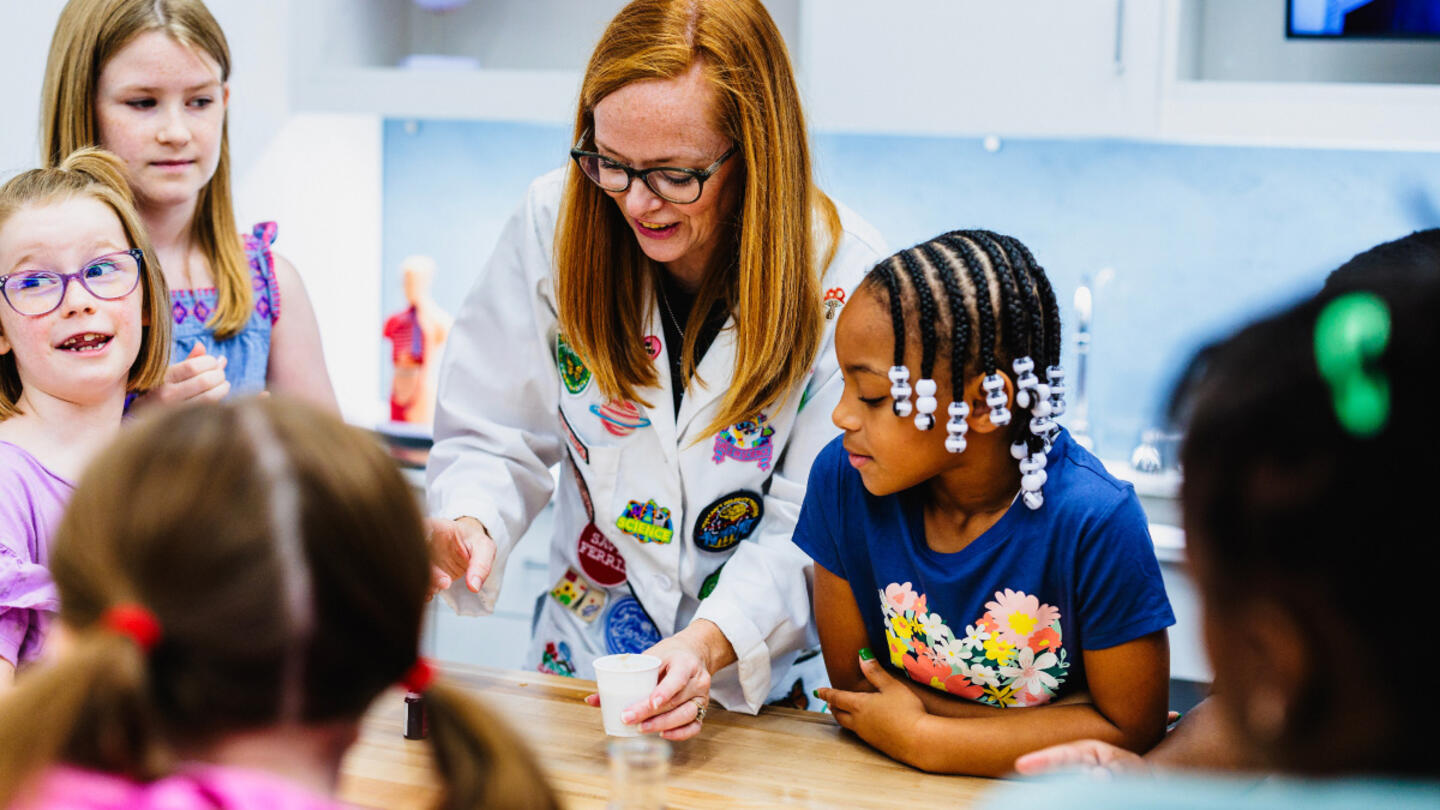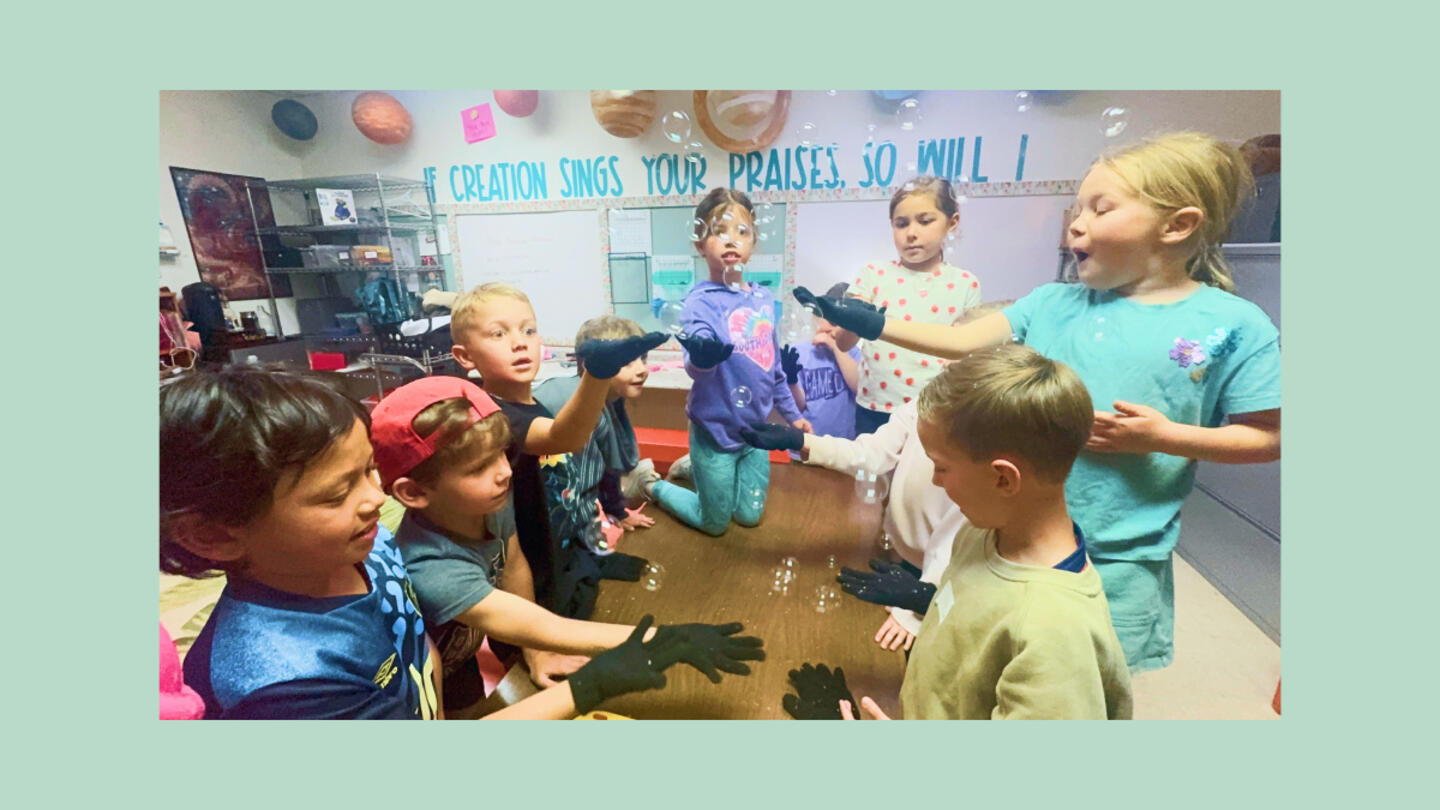The traditional one-size-fits-all approach to education no longer serves the needs of every student. Parents and teachers alike are seeking innovative ways to empower K-12 teachers and create a more inclusive and student-centered education system. Below are seven strategies that aim to transform education and support the personal growth and development of every student. By embracing these strategies, we can foster a learning environment that values individuality, creativity, and passion.
1. Emphasizing individualized learning
One of the key ways to empower K-12 teachers is by emphasizing individualized learning. Every student has unique needs, interests, and learning styles. It is crucial to provide teachers with the tools and resources to tailor their teaching methods to meet these individual needs. By implementing personalized learning plans, teachers can create a more engaging and effective learning experience for students. This approach encourages students to take ownership of their education and fosters a love for learning.
To support individualized learning, schools can incorporate project-based learning, flexible schedules, and differentiated instruction. These methods allow students to explore their interests, develop critical thinking skills, and pursue their passions. Teachers play a vital role in guiding students through this process, helping them set goals, and providing ongoing support and feedback.
2. Encouraging collaboration and professional development
Empowering K-12 teachers also involves fostering a culture of collaboration and continuous professional development. Teachers should have opportunities to connect with their peers, share best practices, and learn from each other. Collaborative learning communities can provide a platform for educators to exchange ideas, discuss challenges, and develop innovative teaching strategies.
Empowered teachers are more likely to inspire their students, create engaging learning environments, and drive positive educational outcomes.
Professional development programs and workshops can equip teachers with the latest research, teaching techniques, and technology tools. By investing in their professional growth, educators can enhance their teaching skills, stay up-to-date with educational trends, and better meet the evolving needs of their students. Empowered teachers are more likely to inspire their students, create engaging learning environments, and drive positive educational outcomes.
3. Embracing technology for enhanced learning
Technology has the power to revolutionize education and empower K-12 teachers. Integrating technology into the classroom can enhance learning experiences, promote creativity, and provide access to a wealth of educational resources. From interactive educational apps to online collaboration tools, technology offers endless possibilities for personalized and engaging learning.
Teachers can leverage technology to differentiate instruction, track student progress, and provide immediate feedback. Virtual reality, augmented reality, and gamification can transport students to new worlds, make abstract concepts tangible, and turn learning into an immersive experience. By embracing technology, teachers can equip their students with the skills necessary for the future.
4. Cultivating a positive and supportive school climate
Creating a positive and supportive school climate is crucial for empowering K-12 teachers and fostering student success. School environments that prioritize inclusivity, respect, and emotional well-being lay the foundation for effective teaching and learning. Teachers should strive to create safe spaces where students feel valued, supported, and free to express themselves.
By nurturing a sense of belonging and community, teachers can create an environment where every student feels empowered to learn, grow, and thrive.
To cultivate a positive school climate, administrators and teachers can implement social-emotional learning programs, promote empathy and understanding, and address the diverse needs of students. By nurturing a sense of belonging and community, teachers can create an environment where every student feels empowered to learn, grow, and thrive.
5. Strengthening family and community engagement
Empowering K-12 teachers also involves strengthening family and community engagement. When families and communities actively participate in the education process, students benefit from a supportive network that reinforces their learning journey. Teachers should strive to establish strong partnerships with families, involving them in decision-making processes and creating opportunities for collaboration.
Family engagement can take many forms, such as regular communication, parent-teacher conferences, and involvement in school activities. Teachers can also leverage community resources and partnerships to enrich the learning experience. By working together, teachers, families, and communities can create a holistic support system that nurtures the growth and development of every student.
6. Providing resources for professional growth
In order to empower K-12 teachers, it is essential to provide them with the necessary resources and support for their professional growth. This includes access to high-quality instructional materials, technology tools, and ongoing professional development opportunities. By investing in educators’ professional growth, we can ensure that they are equipped with the knowledge and skills to meet the diverse needs of their students.
By providing resources to teachers, we can empower educators to deliver high-quality instruction and create meaningful learning experiences.
School districts can allocate resources for curriculum development, instructional coaching, and mentorship programs. Educators should also have access to research-based strategies and best practices that support their teaching effectiveness. By providing these resources, we can empower educators to deliver high-quality instruction and create meaningful learning experiences for their students.
Sign up for Stand Together's K-12 newsletter and get stories, ideas, and advice from changemakers who are transforming education across the country.
7. Advocating for policy changes
Empowering K-12 educators requires advocacy for policy changes that prioritize student-centered education. Policies should support individualized learning, professional development, and equitable access to resources. Advocacy efforts can help shape educational policies at the local, state, and national levels, ensuring that they align with the needs and aspirations of educators, families, and students.
Educators, parents, and community members can join forces to advocate for increased funding, reduced standardized testing, and greater autonomy for educators. By raising awareness and engaging in policy discussions, we can drive systemic change and create an education system that empowers every student to reach their full potential.
Take the first step to empower K-12 educators today
Empowering K-12 educators is essential for creating a student-centered education system that meets the diverse needs of every student. By emphasizing individualized learning, encouraging collaboration, embracing technology, and cultivating positive school climates, we can foster a love for learning and empower students to thrive. Strengthening family and community engagement, providing resources for professional growth, and advocating for policy changes are crucial steps toward transforming education for the better. Together, we can create an inclusive and empowering education system that prepares students for a successful future.
Additional K-12 education resources
- Access Stand Together’s K-12 Education Landscape Report.
- Access Stand Together’s Guide To The Best Education Programs.
- Read about student engagement strategies to try in the classroom.
***
Learn more about Stand Together’s education efforts, and explore ways you can partner with us.

‘We want these boys to know that regardless of where they come from, they still can be excellent.’

This colearning space has the potential to bridge the divide between public and private education.

New Johns Hopkins data shows homeschooling’s recent surge has transformed the education landscape.
Step 1: Find the best learning environment for your child. Step 2? Figure out how to pay for it.
